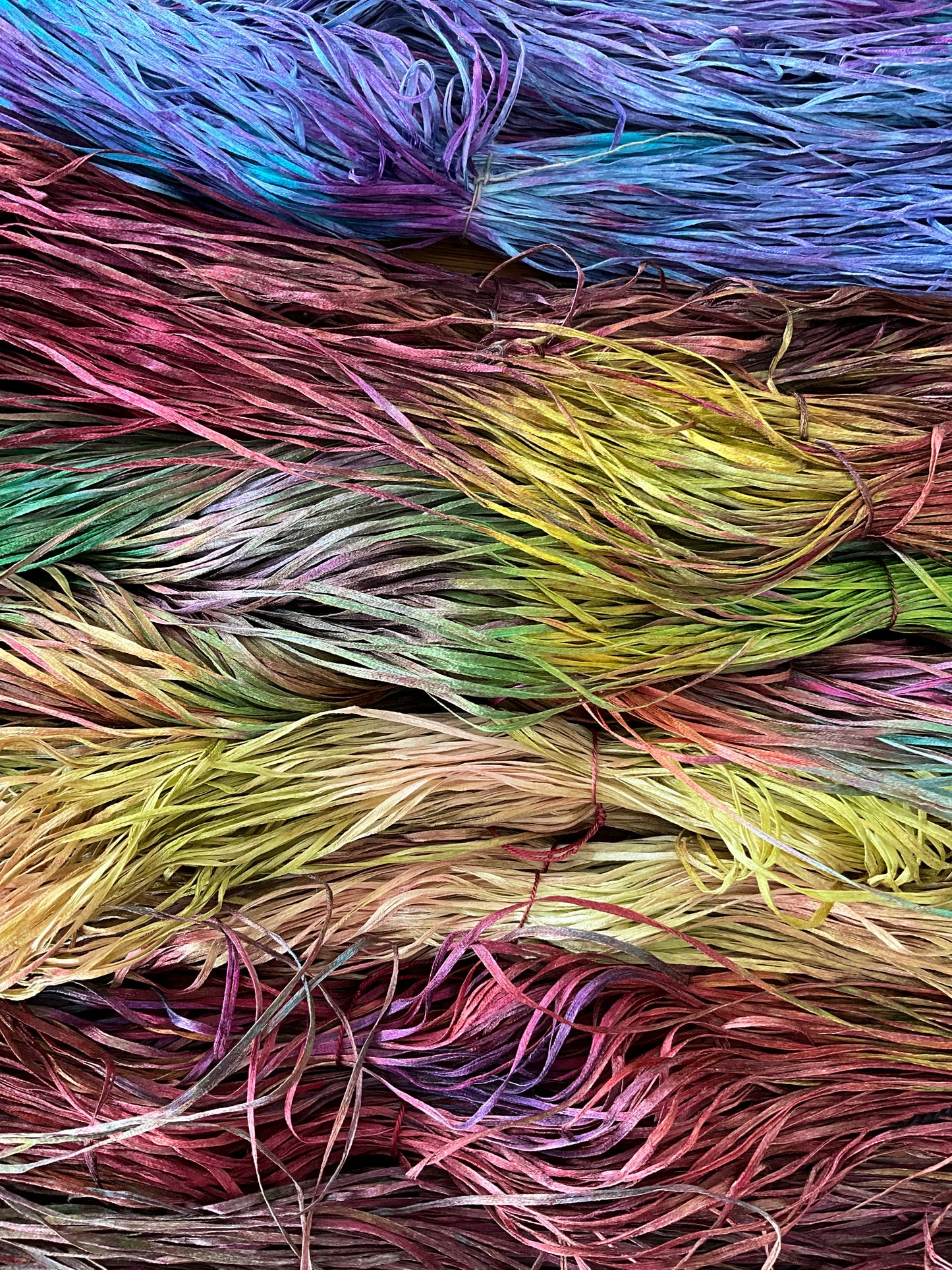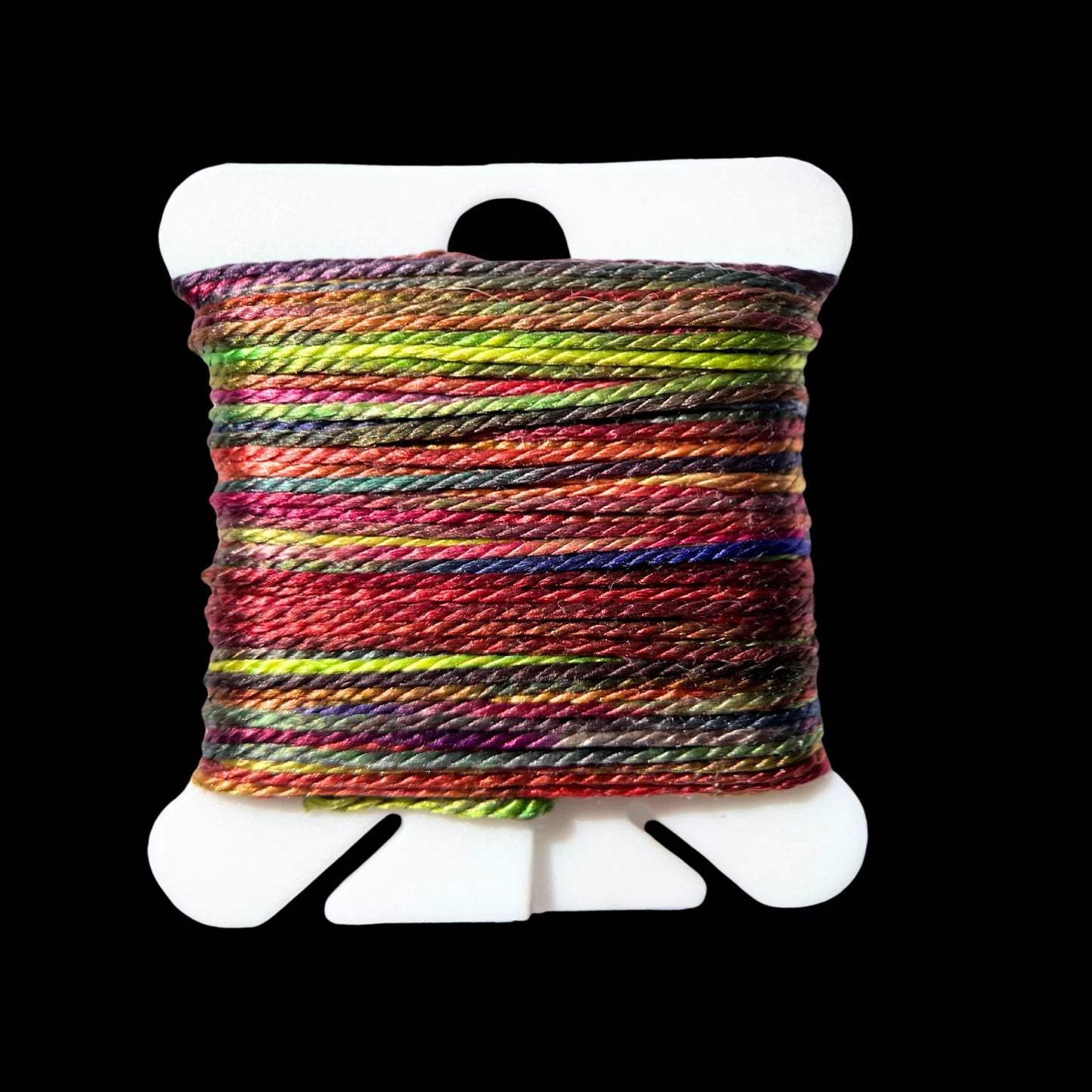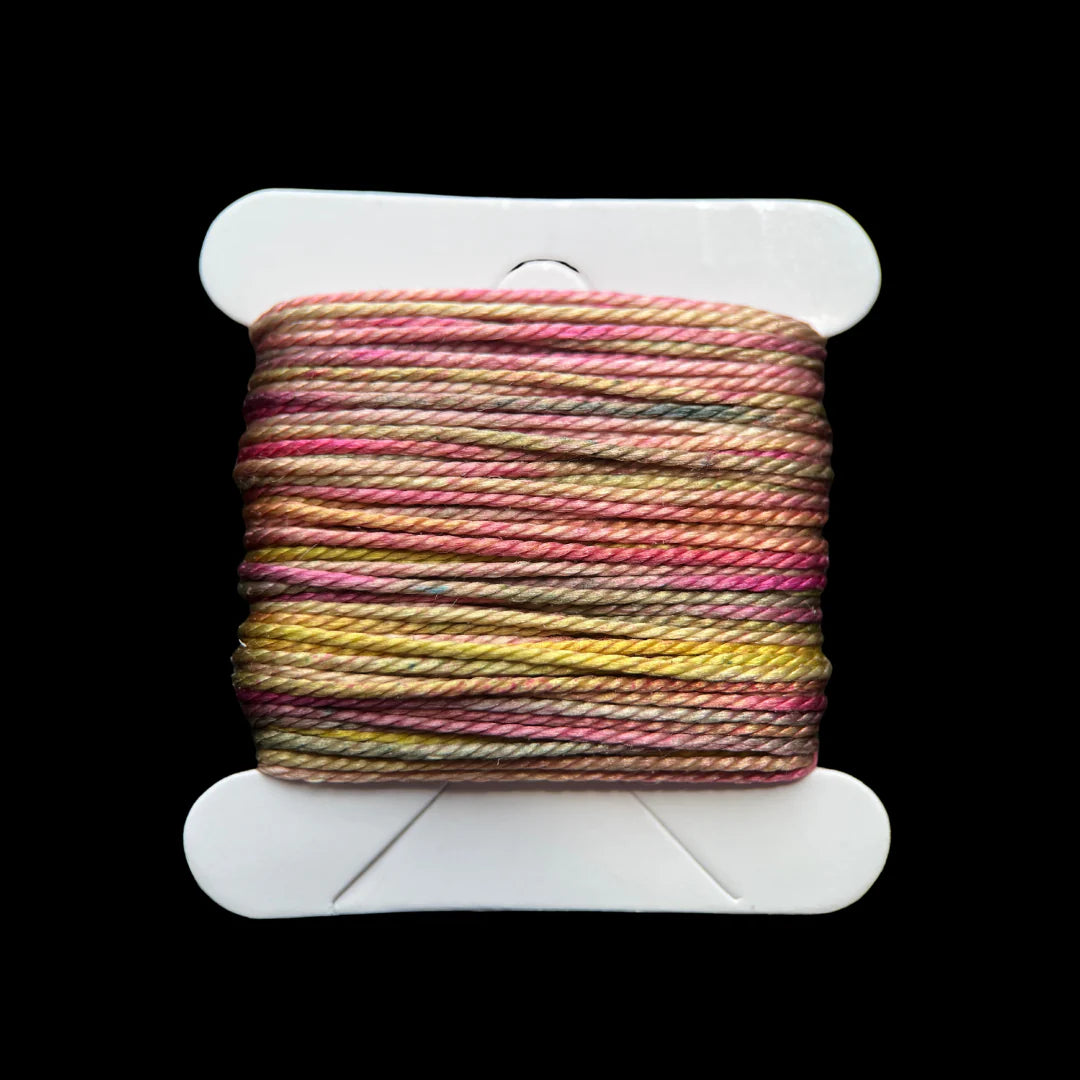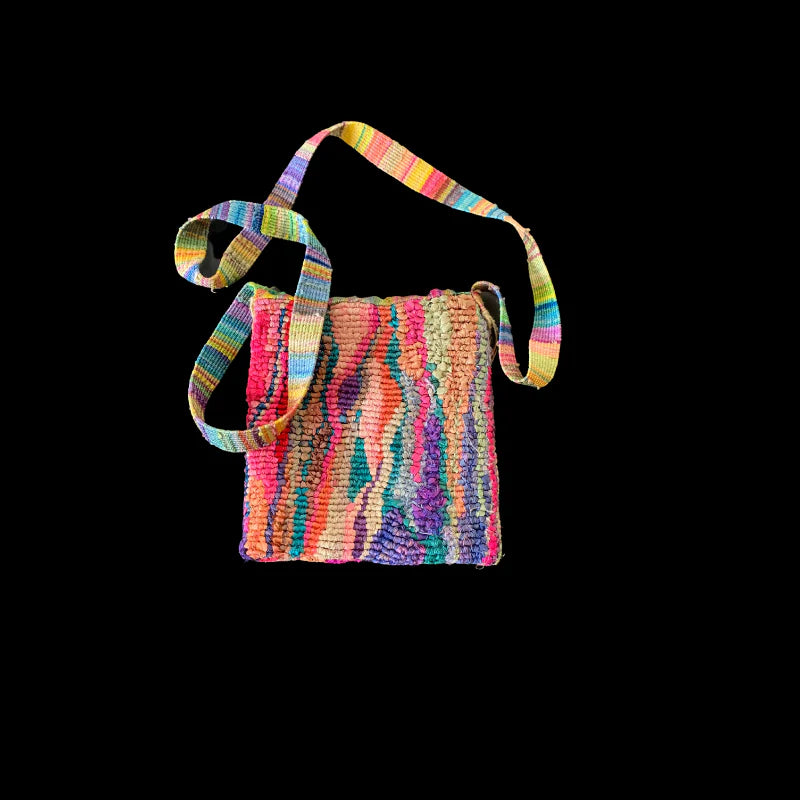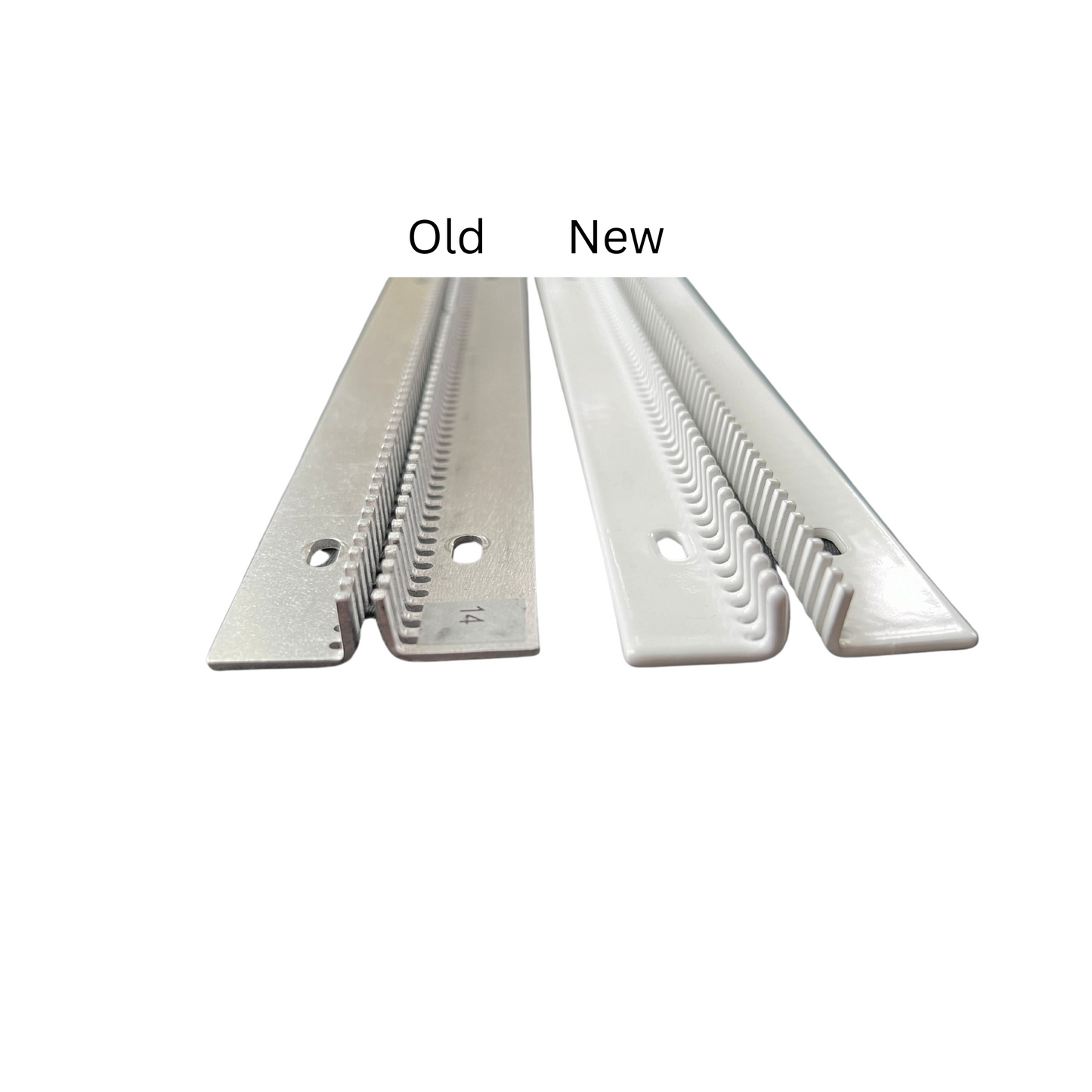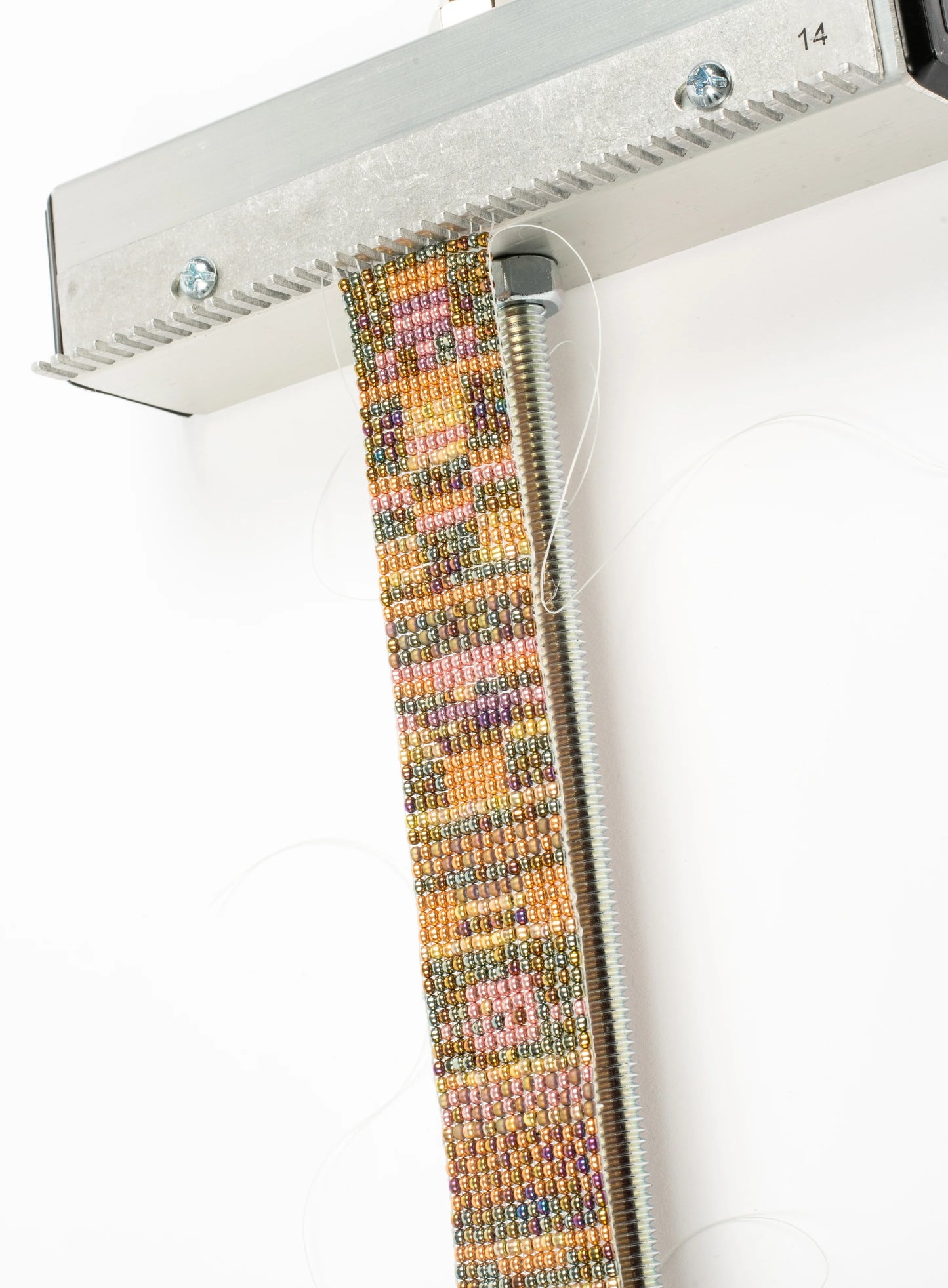Susan Astill

My Fibre story began in England where I was born into a long line of spinners and weavers. But my parents immigrated to Canada when I was 12 and I lost the thread. I had been taught to knit by my Great Aunt Alice and my grandmother and I carried that gift with me and over the years it served me well to relieve some of the tensions that modern life, family and a career in health care can produce. Good knitting requires all your stitches have to be in order, not like to vagaries of life.
Various adventures lead me to Salt Spring Island, one of the gulf islands off the coast of British Columbia in Canada. My parents and my brother owned acreage in the Fulford Valley and were surrounded by the famous Salt Spring sheep farms. Indeed, when we moved to the island sheep ruled. They wandered the island freely using the roadways to get from one pasture to the next. Not like today where the island is now a tourist destination and everything fenced to keep those natural woolly hazards from causing accidents on our increasingly busy roadways.
My mother had continued her passions for fibre and had owned a Fabric and Craft store in Deep River, Ontario before moving west in 1983. In retirement she became a fixture at craft fairs and fibre sales selling her sweaters. Her dream was to have her own flock and to process the yarn herself and to carry on family traditions remembered from her past. My brother, a science teacher with a degree from the agricultural college in Guelph, Ontario acquired a small flock of suffolks and cheviot sheep and became shepherd to the family’s first project in wool production. We soon learned that we needed to discriminate in our sheep breeding to produce good fibre and still have sheep of sufficient weight to offset costs with the sale of meat and so we settled on Romey’s as suitable for both the wet, winter climate of the west coast and the production of both lovely fibre and good lamb chops. Before she died in 2009, my mother was able to knit with her own fibre.
Milling the fibre became an issue for us. While the closest mill that could handle the long staple of the Romney fleece was about 75 miles away in Qualicum Beach on Vancouver Island, the mill was overwhelmed and it often took over a year to see a final product. So we shipped our fleece to a mill in Alberta where they turned it into 2 and 3 ply worsted weight gray and white yarns, suitable for knitting and weaving outerwear and rugs. It also dyed beautifully with the white taking up the brightness of the colours and the gray providing a more muted hue. Qualicum Mill was able to provide us with lovely spinning roving from individual sheep retaining their true colour and, of course we were able to sell raw fleece directly to the vibrant spinning and weaving community on Salt Spring and throughout the lower mainland of British Columbia.
Shortly after my mother died, I joined the Salt Spring Island Weavers and Spinners Guild and renewed a passion for weaving that I did not know I had! As I learned to weave, I found much of the process intuitive and heard myself chanting mantras in my mind that came unbidden to ‘watch my edges’ and to ‘beat, beat, beat. Where did those messages come from? A further passion, pursued with support from my cousin in England was for genealogy and we soon found we were both from a long line of spinners and weavers who worked, first with wool and then with silk in the cloth and ribbon making industry in Coventry. I am also proud to admit to being a true Luddite as family members were involved in the industrial revolution surrounding the introduction of mechanized looms; an uprising which started in Manchester and which was lead by Ned Lud. The name is now synonymous with those who resent progress.

As we see further progress with computerized looms, knitting machines and fancy spinners, I must admit to still clinging to the old ways. I love the clack of my foot peddles on my loom and the whir of my spinning wheel as I listen to the voices of my ancestors advising and correcting me. They provide the warp for family life and reassure me of the continuity of the weft that shapes the patterns in how we chose to live.
I will always be grateful to my mother, Joan and to my Aunties and those women in my life who took the time to teach me with patience and love. I can’t imagine a life without fibre.






